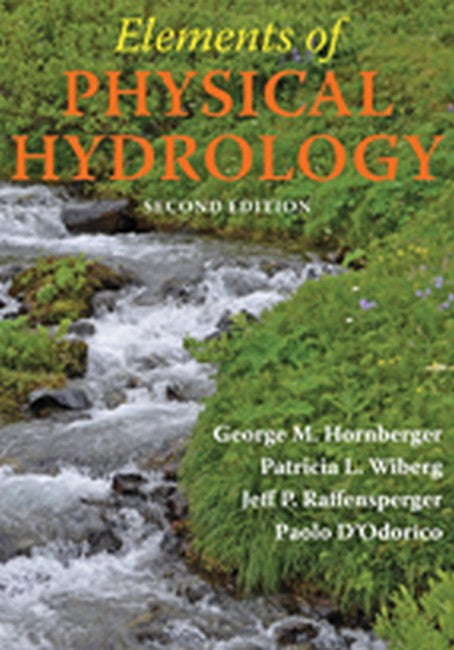Among the many diverse aspects of environmental science, none is more critical to the future of society and nature than water. Understanding the role of water on Earth and making good decisions regarding water conservation and hydrological hazards depends on learning the fundamentals of physical hydrology. This textbook, now in an expanded second edition, provides the clearest opportunity for students to absorb those fundamentals. Written at an introductory level, Elements of Physical Hydrology covers virtually every aspect of this subject, including: The hydrological cycle Water budgets at catchment to global scales Spatial and temporal aspects of precipitation Evapotranspiration Fluid dynamics and the Bernoulli equation Laminar and turbulent flows Open channel flow Flood movement through reservoirs and channels Flood frequency analysis Groundwater flow Aquifer characterization Land subsidence Soil moisture dynamics Flow in the unsaturated zone Hydrologic controls on vegetation Biotic controls on hydrological processes Runoff generation from surface and subsurface sources Catchment models The water-food-energy nexus The globalization of water Impacts of changing climateLayering one topic upon the next, Elements of Physical Hydrology succeeds in moving from simple, easy-to-grasp explanations though equations and models in a manner that will leave students new to the topic eager to apply their knowledge. Professionals in related disciplines will also find this book ideal for self-study. Thoughtfully illustrated, carefully written, and covering a broad spectrum of topics, this classic text clarifies a subject that is often misunderstood and oversimplified.

